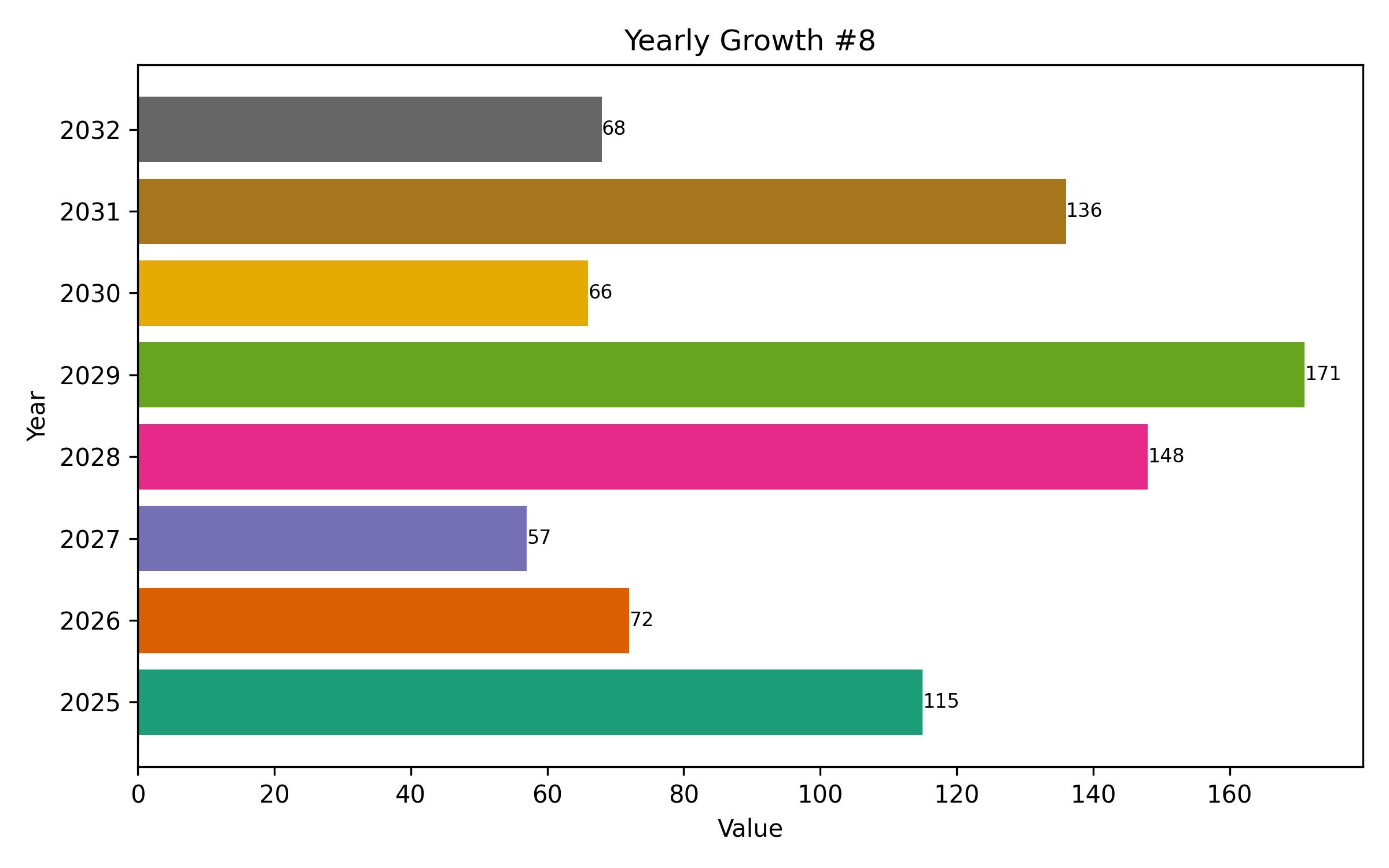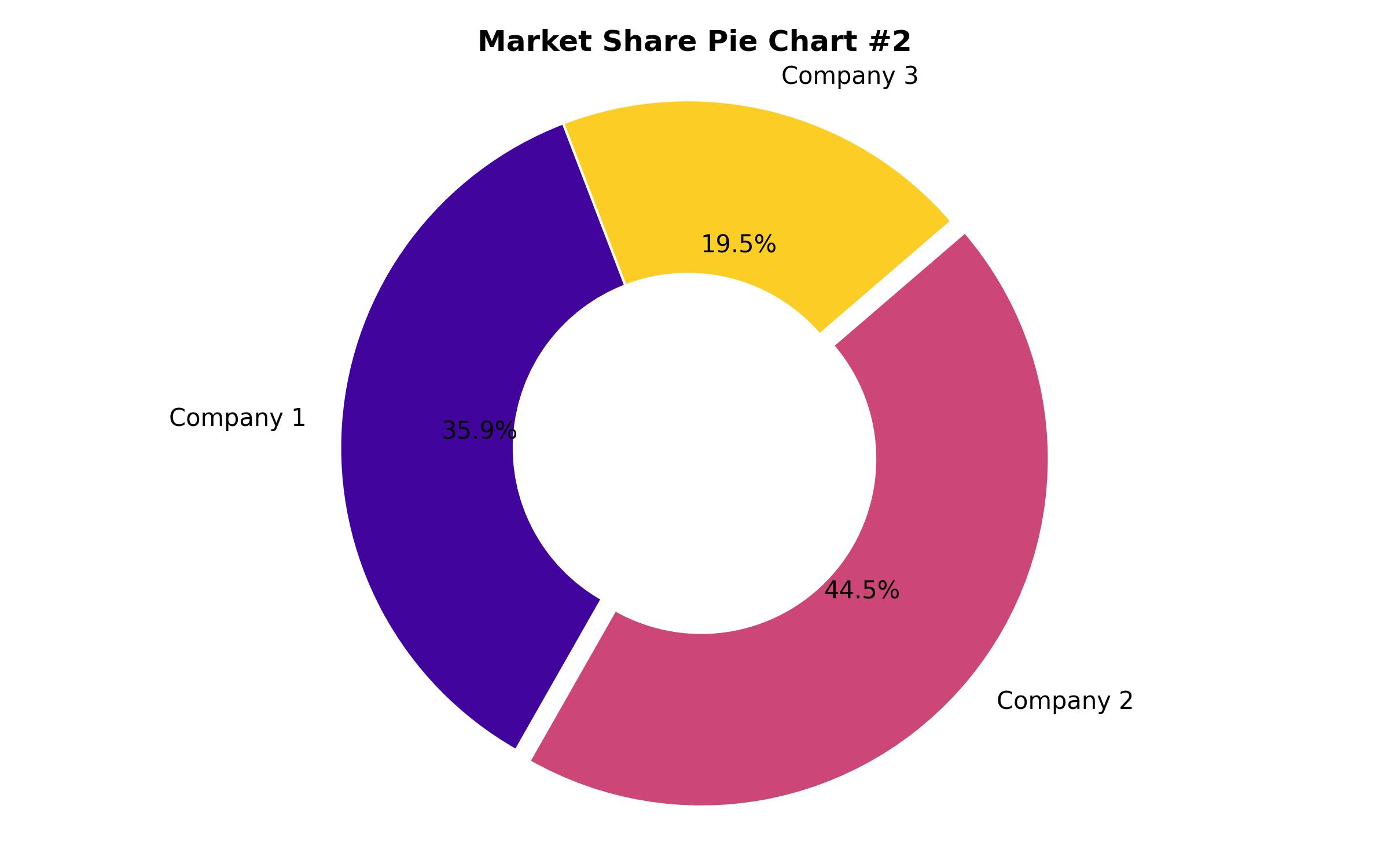Global Marine Collagen Market Analysis: Examining Demand and Growth Trajectories within Key Segments (2025-2035)
Overview:
The worldwide market for fish collagen was valued at approximately USD 1,130 million in 2023 and is projected to grow to USD 1,610 million by 2025. Industry analysts anticipate a consistent compound annual growth rate (CAGR) of 6.1% between 2025 and 2035, forecasting a market valuation of around USD 2,888 million by the end of the projection period.
Fish collagen has gained popularity due to its enhanced absorption and bioavailability, making it a preferred choice for various applications. Its multifunctional properties are widely utilized across the cosmetic, nutritional supplement, and pharmaceutical sectors. As a source derived from marine organisms, it offers a more biologically aligned and environmentally conscious alternative compared to collagen from bovine or porcine sources, leading to its widespread adoption.
The nutraceutical industry has been a significant driver of demand for fish collagen, particularly within the functional foods, dietary supplements, and protein powder segments. Growing consumer interest in the benefits of collagen for supporting joint health, improving skin firmness, and reducing visible signs of aging has fueled this expansion. Leading brands in these areas have capitalized on this trend, introducing numerous fish collagen products to meet rising consumer expectations.
The cosmetic and personal care sector is increasingly incorporating fish collagen into formulations, recognizing its capacity to provide significant skin hydration, reduce the appearance of wrinkles, and enhance overall skin texture. Innovative skincare companies are including it in their newest lines of creams, moisturizers, and anti-aging serums, catering to a market focused on restorative beauty treatments.
In the pharmaceutical domain, medical-grade fish collagen is finding diverse applications, including in wound healing protocols, bone grafting procedures, and tissue engineering. Its inherent biocompatibility and bioactivity make it a valuable material for these advanced medical uses. Companies specializing in pharmaceutical ingredients are expanding their use of fish collagen, contributing further to the market’s growth.
Regionally, the Asia-Pacific area is expected to exhibit the fastest growth rate for fish collagen. This surge is attributed to a combination of increasing discretionary incomes and a growing shift toward health-conscious lifestyles, alongside a greater acceptance of marine-based nutritional supplements among populations in this region. Meanwhile, markets in Europe and North America are anticipated to maintain steady demand, driven by sustained interest from pharmaceutical, nutraceutical, and cosmetic industries.

| Report Attribute | Details |
|---|---|
| Estimated Industry Size (2025) | USD 1,610 million |
| Projected Industry Value (2035) | USD 2,888 million |
| Growth Rate (CAGR) | 6.1% from 2025 to 2035 |
| Base Year for Estimation | 2024 |
| Historical Data | 2019 – 2024 |
| Forecast Period | 2025 – 2035 |
| Quantitative Units | Revenue in USD million and CAGR from 2025 to 2035 |
| Report Coverage | Revenue forecast, company market share analysis, competitive strategies, market drivers, and trends |
| Covered Segments | Source, application, and region |
| Regional Scope | North America, Europe, Asia Pacific, Latin America, Middle East & Africa |
| Country Scope | USA, Germany, China, Japan, India, Canada, UK, France, Brazil, GCC, South Africa, South Korea, Australia |
| Key Companies Analyzed | Ashland, Gelita, Hangzhou Nutrition Biotechnology, Titan Biotech Limited, Certified Nutraceuticals, Darling Ingredients, Tai Ai Peptide Group, ETChem, BHN, Nitta Gelatin, Ningbo Nutrition Food Technology, Ming Chyi Biotechnology, Italgelatine |
| Customization Options | Free report customization (up to 8 analysts working days) with purchase. Changes to country, regional, and segment scope |
| Pricing and Purchase Options | Customizable purchase options for tailored research needs |

Report Coverage & Deliverables
- Market Trends And Dynamics
- Competitve Benchmarking
- Historical data and forecasts
- Value/Volume analysis
- Company revenue shares and key strategies
- Regional opportunities
This is an indicative segmentation. Please request a sample report to see detail segmentation of this market.
Detailed Market Segmentation
- By Source
- Scales and Muscles
- Skin
- Bones and Tendons
- Others
- By Application
- Nutraceuticals
- Cosmetics and Personal Care
- Pharmaceuticals
- Food and Beverages
- Others
- By Region
- North America
- Europe
- Asia Pacific
- Latin America
- Middle East & Africa
Table of Content
- Executive Snapshot
- Market Overview
- Key Market Trends
- Key Success Factors
- Market Demand Analysis 2020 to 2024 and Forecast, 2025 to 2035
- Market – Pricing Analysis
- Market Demand (in Value or Size in USD Million) Analysis 2020 to 2024 and Forecast, 2025 to 2035
- Market Background
- Market Analysis 2020 to 2024 and Forecast 2025 to 2035, By Source
- Scales and Muscles
- Skin
- Bones and Tendons
- Others
- Market Analysis 2020 to 2024 and Forecast 2025 to 2035, By Application
- Nutraceuticals
- Cosmetics and Personal Care
- Pharmaceuticals
- Food and Beverages
- Others
- Market Analysis 2020 to 2024 and Forecast 2025 to 2035, By Region
- North America
- Europe
- Asia Pacific
- Latin America
- Middle East and Africa
- North America Market Analysis 2020 to 2024 and Forecast 2025 to 2035
- Europe Market Analysis 2020 to 2024 and Forecast 2025 to 2035
- Asia Pacific Market Analysis 2020 to 2024 and Forecast 2025 to 2035
- Latin America Market Analysis 2020 to 2024 and Forecast 2025 to 2035
- Middle East & Africa Market Analysis 2020 to 2024 and Forecast 2025 to 2035
- Country-wise Market Analysis 2025 & 2035
- Market Structure Analysis
- Competition Analysis
- Ashland
- Gelita
- Hangzhou Nutrition Biotechnology
- Titan Biotech Limited
- Certified Nutraceuticals
- Darling Ingredients
- Tai Ai Peptide Group
- ETChem
- BHN
- Nitta Gelatin
- Ningbo Nutrition Food Technology
- Ming Chyi Biotechnology
- Italgelatine
- Assumptions and Acronyms Used
- Research Methodology
